Creating a sustainability report in 9 steps
Bureaucratic effort, lack of personnel and lack of knowledge are the three most frequently cited challenges in companies when preparing a sustainability report. This is confirmed by the results of a Forsa survey commissioned by the TÜV Association 2023, in which 500 companies with 50 to 1,000 employees were surveyed. In fact, preparing an ESG report in accordance with the CSRD Directive requires far more steps than simply assessing and reporting on sustainability risks in the company. Anyone who has dealt with the components of the ESG report will realize that all departments need to be connected in order to plan and evaluate the data required for the report. A task that is not simply a matter of sitting down, ticking off a few pieces of data and recording them in the report.
In our guide, you will learn how to save resources when preparing your sustainability report through holistic controlling. We also reveal the 9 most important steps you need to take to prepare, plan, report and produce a reliable and effective reporting.
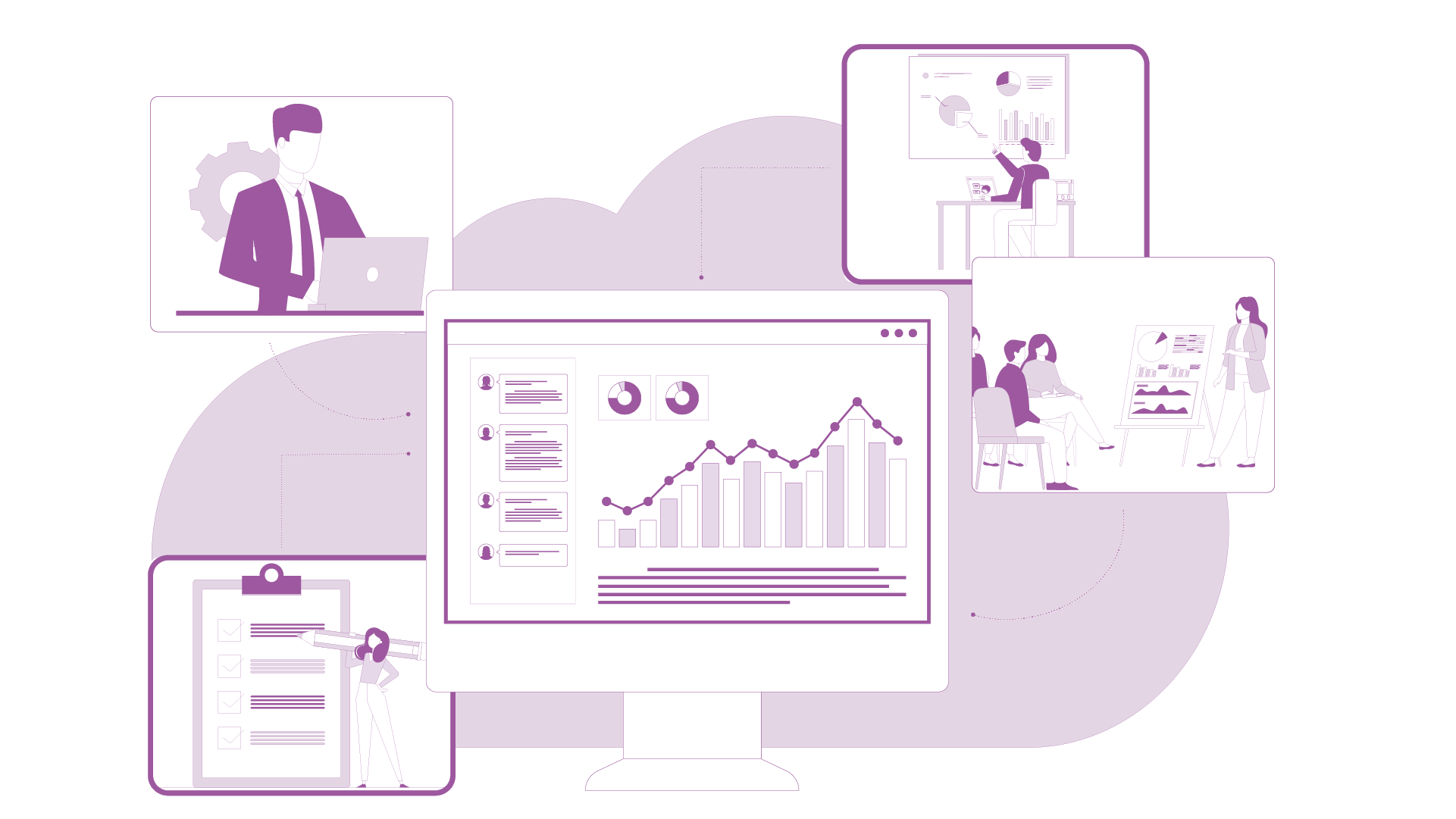
What is a sustainability report?
The sustainability report, also known as the CSRD report, refers to the assessment of a company’s sustainability in accordance with the CSRD Directive. This includes the impact and opportunities of corporate actions in relation to social, environmental and economic areas within and outside the company. The sustainability report also requires companies to set out their goals and a sustainability strategy in the form of specific measures and measurement methods.
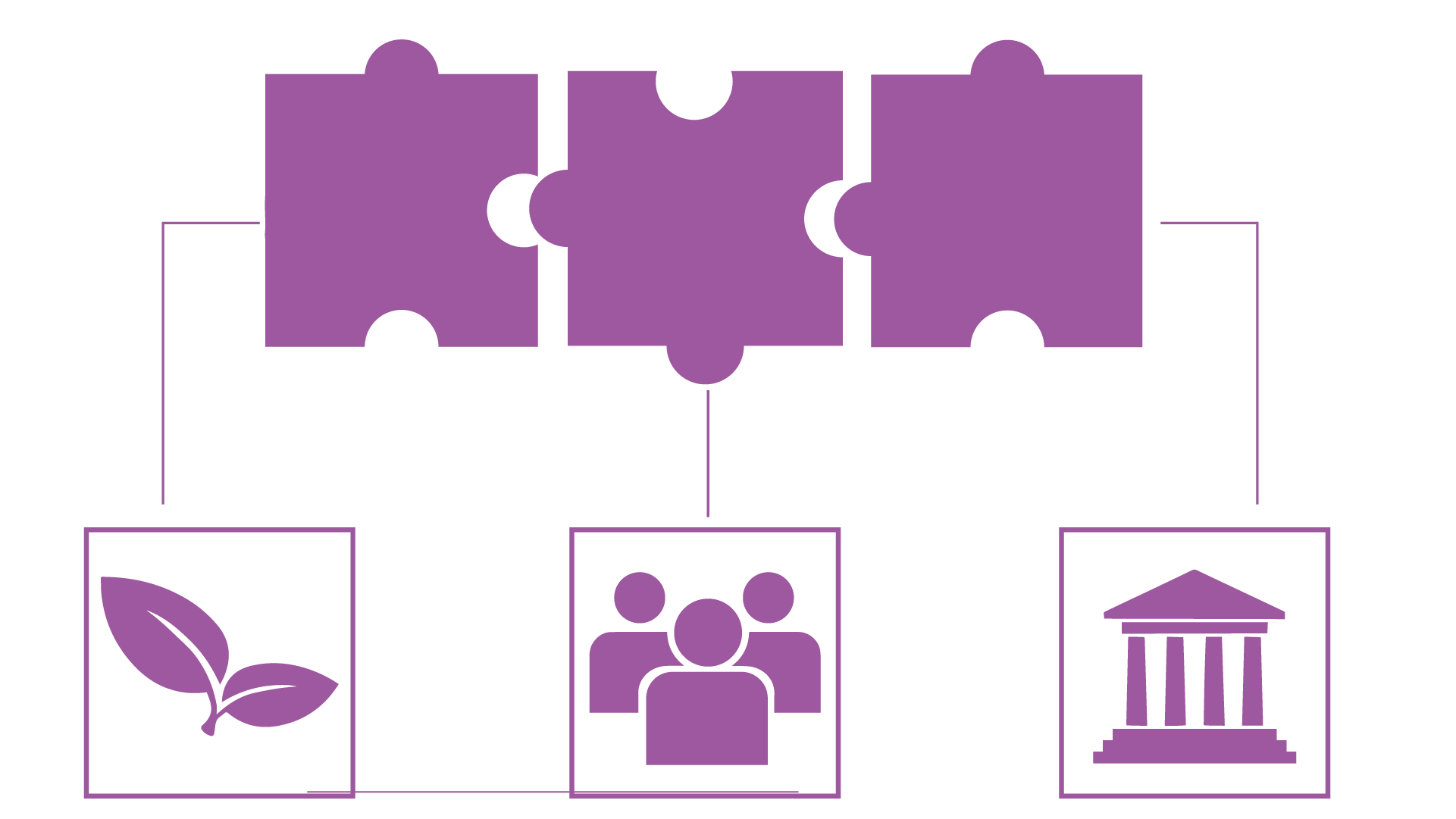
Why is a sustainability report so important?
For many companies, the sustainability report is already an established part of their risk management.
By preparing the ESG report, a Europe-wide standard can be developed that serves to promote a more responsible approach to resources and our environment. This will not only create a social and economic rethink with regard to the current climate crisis, but also ensure long-term and sustainable economic success.
Those who focus on an efficient closed loop economy and make products and processes more energy-efficient and climate-friendly will secure trust and lower costs in the future and sustainably increase the value of the company.
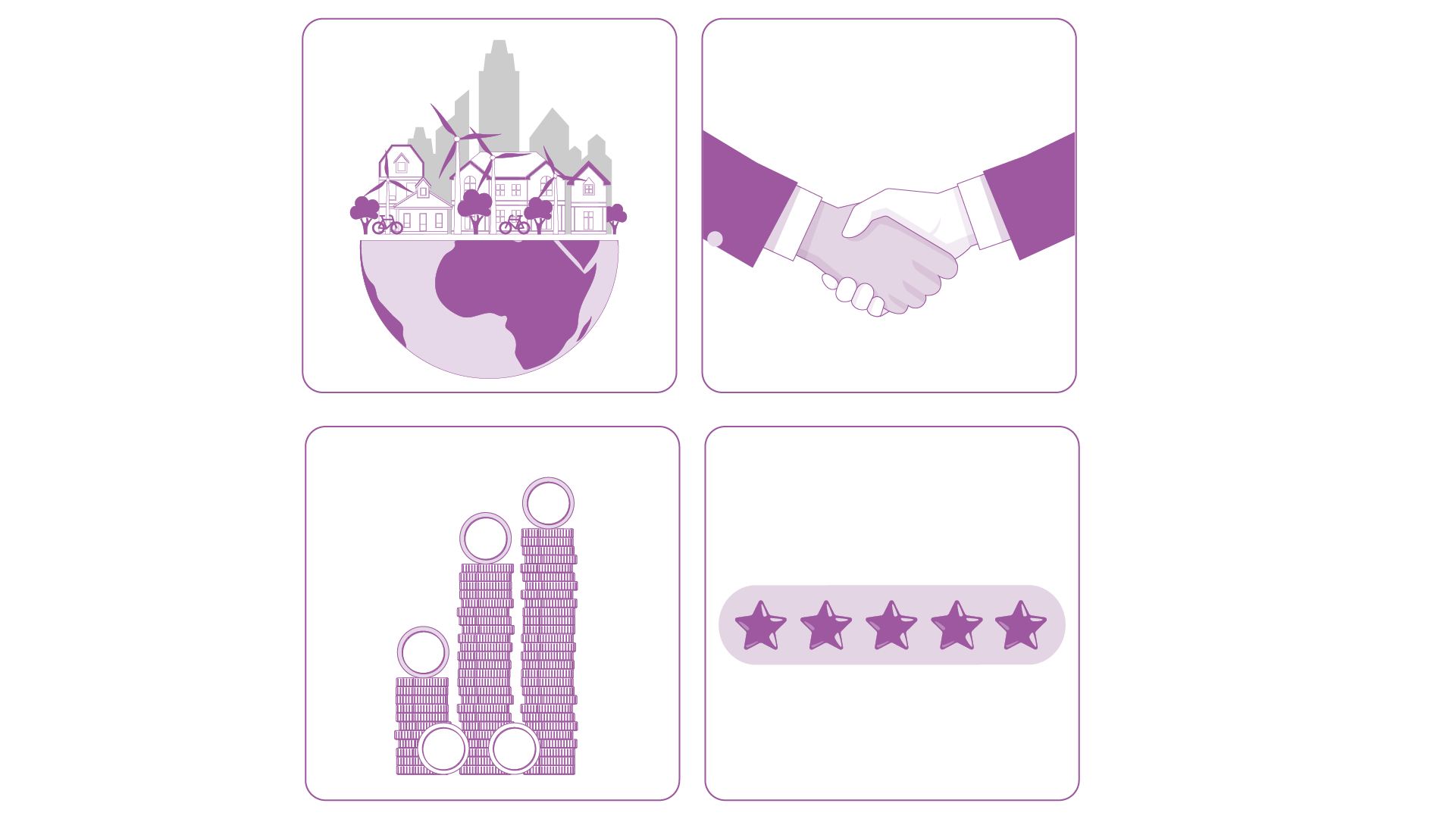
What does the sustainability report have to do with controlling?
In fact, quite a lot. Anyone planning a sustainable corporate strategy and process optimization in today’s world can hardly avoid holistic controlling. Decisions relating to climate, products and processes affect the entire company and have an impact on personnel, cost centers and sales decisions. These in turn depend on your process design, market developments and climate risks.
Taking all dependencies and interdependencies into account implies that these can be viewed at a central point in the company and are continuously monitored. The choice of integrated controlling solutions can significantly reduce the bureaucratic effort involved in preparing the sustainability report and guarantee the integrity and quality of the data collected.
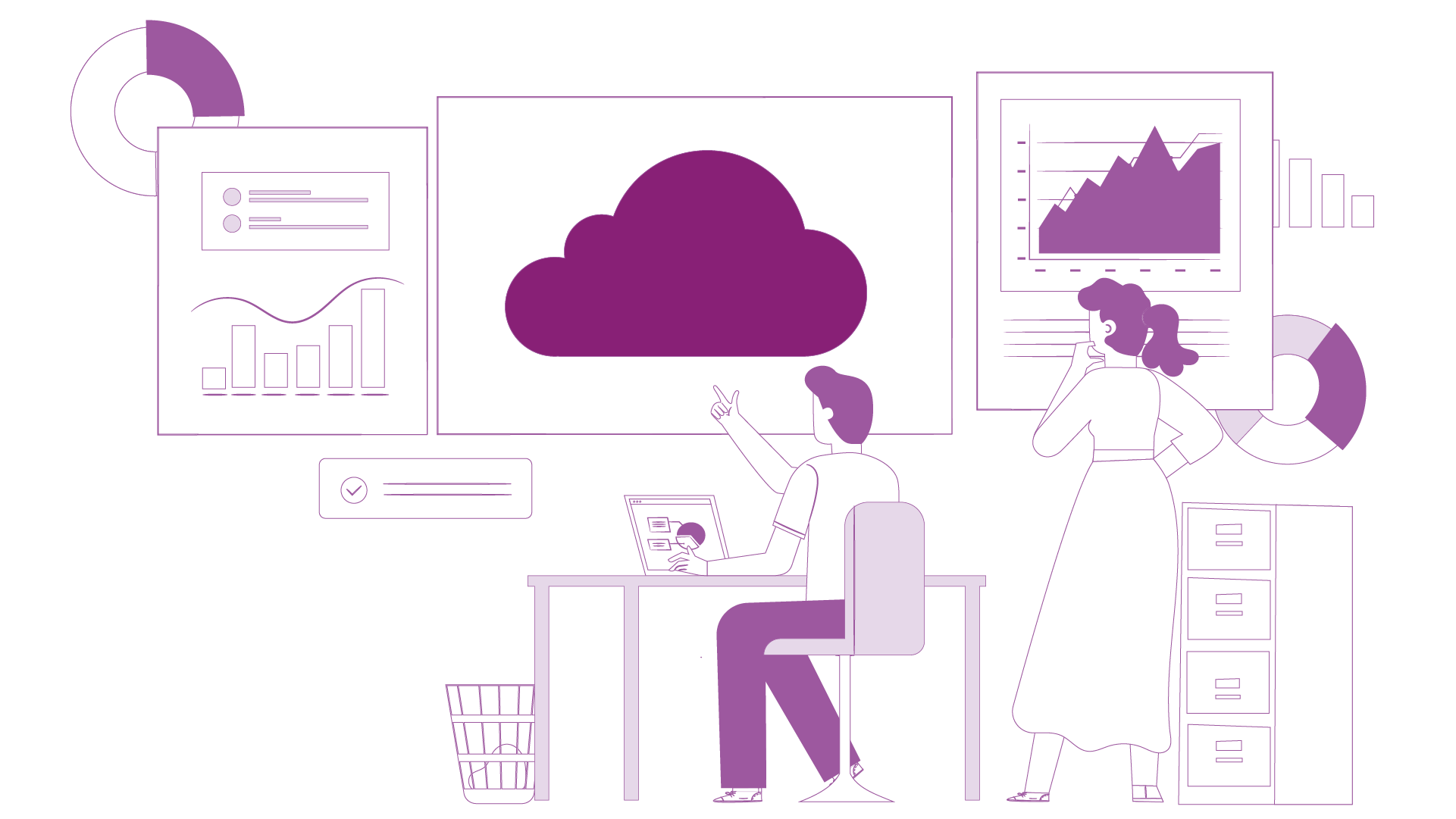
Who is affected by the sustainability report?
All companies previously subject to the NFRD have had to report for the year 2023 since 1 January of this year.
Since the beginning of the new year, larger companies have also been implementing measures to collect data in connection with sustainability-related criteria. This is in preparation for the obligation that will apply from January 2025 to prepare a sustainability report. This obligation applies to companies that fulfil two of the following three criteria: a workforce of more than 250 employees, a balance sheet total of more than 20 million euros or a net turnover of more than 40 million euros.
Starting on 1 January 2026, all small and medium-sized capital market-oriented companies, including captive insurance companies, will be required to prepare a sustainability report.
Finally, from 1 January 2028, all non-EU companies that fall under the CSRD reporting obligation will be affected.
PREPARING THE SUSTAINABILITY REPORT: PREPARATION PHASE
- Sustainability report: Identify topics & stakeholders
Before you prepare your sustainability report, you should carry out a significance analysis. In doing so, you define which sustainability issues are of particular importance to your company, as every company naturally has very different impacts and is subject to individual influences.
- Does your business activity have a direct impact on the surrounding community and population?
- In which areas and to what extent are your production and the production of your service partners harmful to the environment?
- What is your resource consumption like?
- What climate risks, transitional risks and social or governance-related risks affect your company and your business relationships (see our article about ESG risk management)
Make a written record of your answers to these questions. In our blog post, we show you which social, ecological and economic criteria are relevant for your sustainability report according to EU standards.
The next step is to identify your stakeholders. Every company has various stakeholders that are taken into account in ESG reporting. Examples of internal stakeholders can be employees, the Board of Directors or customers. External stakeholders, on the other hand, include banks, the state and the public. Your stakeholders are described in the introduction to your sustainability report.
- Sustainability strategy: setting goals
For each area that you cover in your sustainability report, it is necessary to set a goal that is defined as SMART. This means: Specific, Measurable, Achievable, Relevant and Time-bound.
To set goals for your sustainability strategy, you can ask yourself:
- What do we want to achieve with our company in terms of sustainability?
- What improvements can we achieve in terms of the environment, climate, safety and protection for employees and customers?
- How do we want to present ourselves to the public?
- What do we need to increase our market value / reduce costs / find investors / attract more customers or partners?
- How can we organise our usage of resources more efficiently?
Other goals and strategies may result from your planning, which we will discuss below. However, start focussing on one goal per area that you can evaluate using target/actual planning and report on in your ESG report.
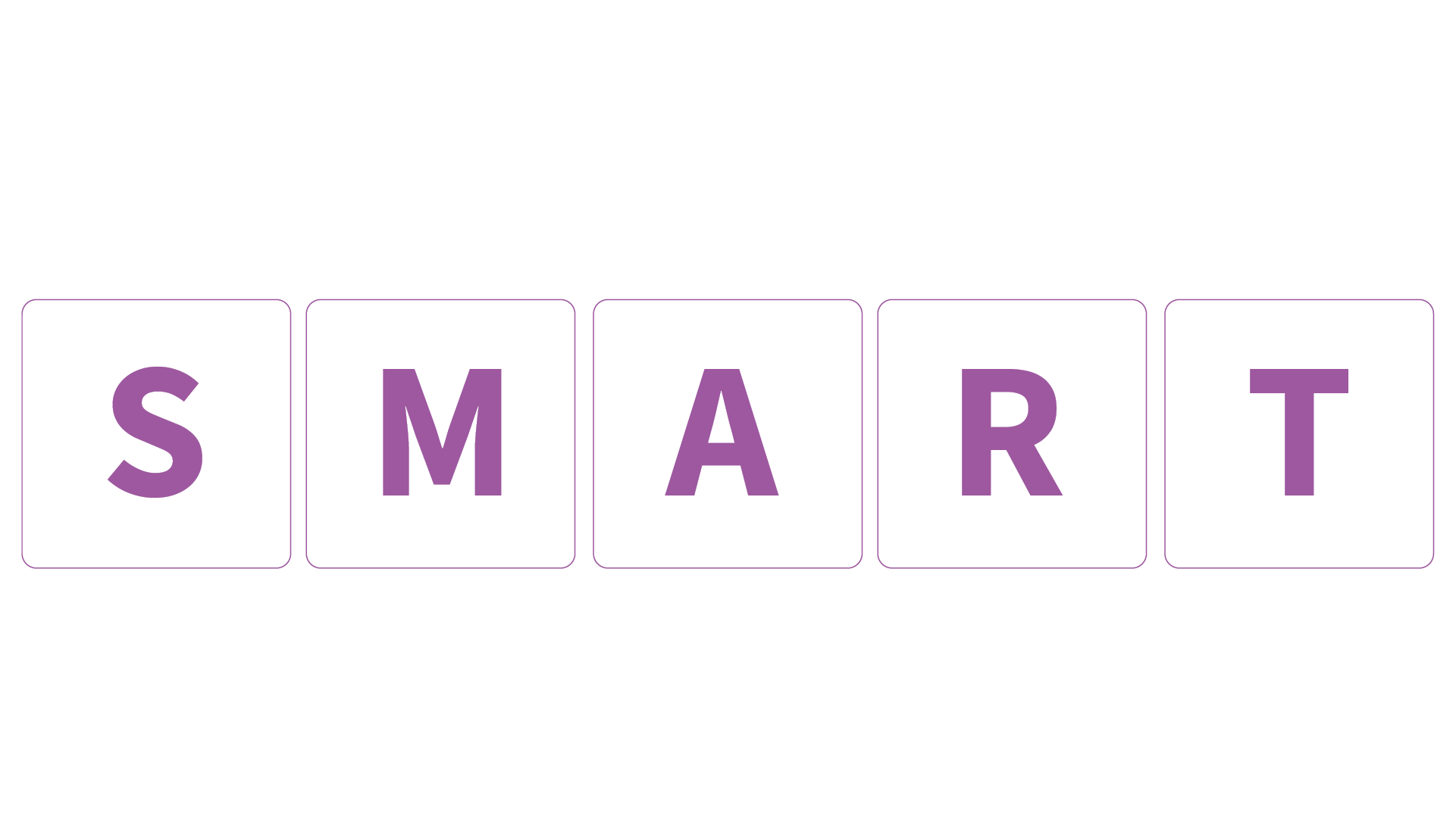
- Sustainability strategy: defining key figures
Once you have determined the relevant topics and associated goals for your sustainability report, you can look at how you want to measure your progress.
Ask yourself:
- What performance measurement tools are available to us?
- And what performance monitoring tools do we still need?
Which brings us back to the topic of controlling. This is because many of the required key figures are already monitored in a holistic controlling system. Now it’s time to create a separate central planning model for your sustainability strategy and integrate the right key figures that represent your sustainability progress. Which leads us to the next step.
- Connecting sustainability software for controlling & reporting
We know that you should include as many quantifiable figures as possible in your sustainability report. This includes, for example, diversity in your company as well as the type and location of employment of your employees.
For a sub-standard on the effects of climate protection alone, companies will probably have to provide 9 qualitative and 30 quantitative key figures. Suitable planning and evaluation tools can make a decisive contribution to turning this demanding obligation into a positive success. Companies that optimise their structures in such a way that all relevant company data for ESG reporting can be centrally recorded and monitored open up new opportunities.
This provides a solid basis not only for the preparation of the sustainability report, but also for the company’s own business strategy and profitability.

Excursus: Which software is suitable for monitoring your sustainability goals and progress?
We recommend the integration of an ERP system, a BI tool and a budgeting and planning tool for comprehensive controlling.
Enterprise resource planning system (ERP system)
The ERP system is a comprehensive software tool for the seamless integration and automation of different business processes. By efficiently recording, managing and analysing data from finance, production, purchasing, sales and personnel, it enables a holistic control system.
Business Intelligence (BI)-Tool
A BI tool is used to analyse and evaluate your company data and support your decisions when preparing your sustainability report. With visualisation and reporting functions, links to various data sources and ad hoc queries, it enables real-time monitoring of performance, trend identification and early detection of ESG risks.
Budgeting and planning tool
The creation, management and monitoring of budgets and financial forecasts is facilitated by a budgeting and planning tool. With the definition of planning targets, resource allocation, scenario planning and what-if analyses, the budgeting tool can support you in the effective management of finances, sales and production figures as well as personnel figures.
Our planning tool QVANTUM is an example of integrated controlling software that can be connected to BI, HR and ERP systems. With QVANTUM, you can record your ESG data easily and without any extra effort.

CREATING A SUSTAINABILITY REPORT: IMPLEMENTATION PHASE
- Collecting data & start planning
It is advisable to start collecting and monitoring the data required for the ESG report a year before you prepare your sustainability report.
Appoint a data management or controlling manager who will focus on collecting the data for your ESG reporting and create a corresponding central planning template for all departments involved. This is the only way to ensure that the required data is always available on time and in an up-to-date form. We use the example of personnel cost planning in QVANTUM to show what this looks like in controlling software. Incidentally, all the important HR data that you need to assess your social impact in the sustainability report can also be covered within the scope of personnel costs.
If you would like to know what a centralised planning model for all your sustainability topics, including scenario planning, could look like, please contact us to arrange a personal consultation and demo in which we will specifically address your needs and the key figures that are important to you.
- Controlling & Reporting
To enable you to continuously monitor your sustainability progress and record it in the sustainability report, many companies use reporting dashboards that are directly linked to their planning. You can use standard templates to customise dashboards for your various departments so that specific figures and developments can be presented clearly even without data knowledge within the departments, but also for the management level.
It is a great help for your sustainability report to create a clear dashboard that displays all relevant sustainability key figures at a glance. Ultimately, you only need to visualise your figures using the integrated reporting function. Your diagrams and overviews can then be copied into your sustainability report.
PREPARING THE SUSTAINABILITY REPORT: EVALUATION PHASE
- Write an introduction
In the introduction to your sustainability report, you present your company. State your geographical data, your industry and your position in the market. Describe the core objectives of your company, your business model and your products. How do you differ from other companies?
In other words, create a brief company profile. Who are your customers? How has your company developed?
Then describe which sustainability topics, also known as ESRS (European Sustainability Reporting Standards), and which stakeholders you cover in your report.
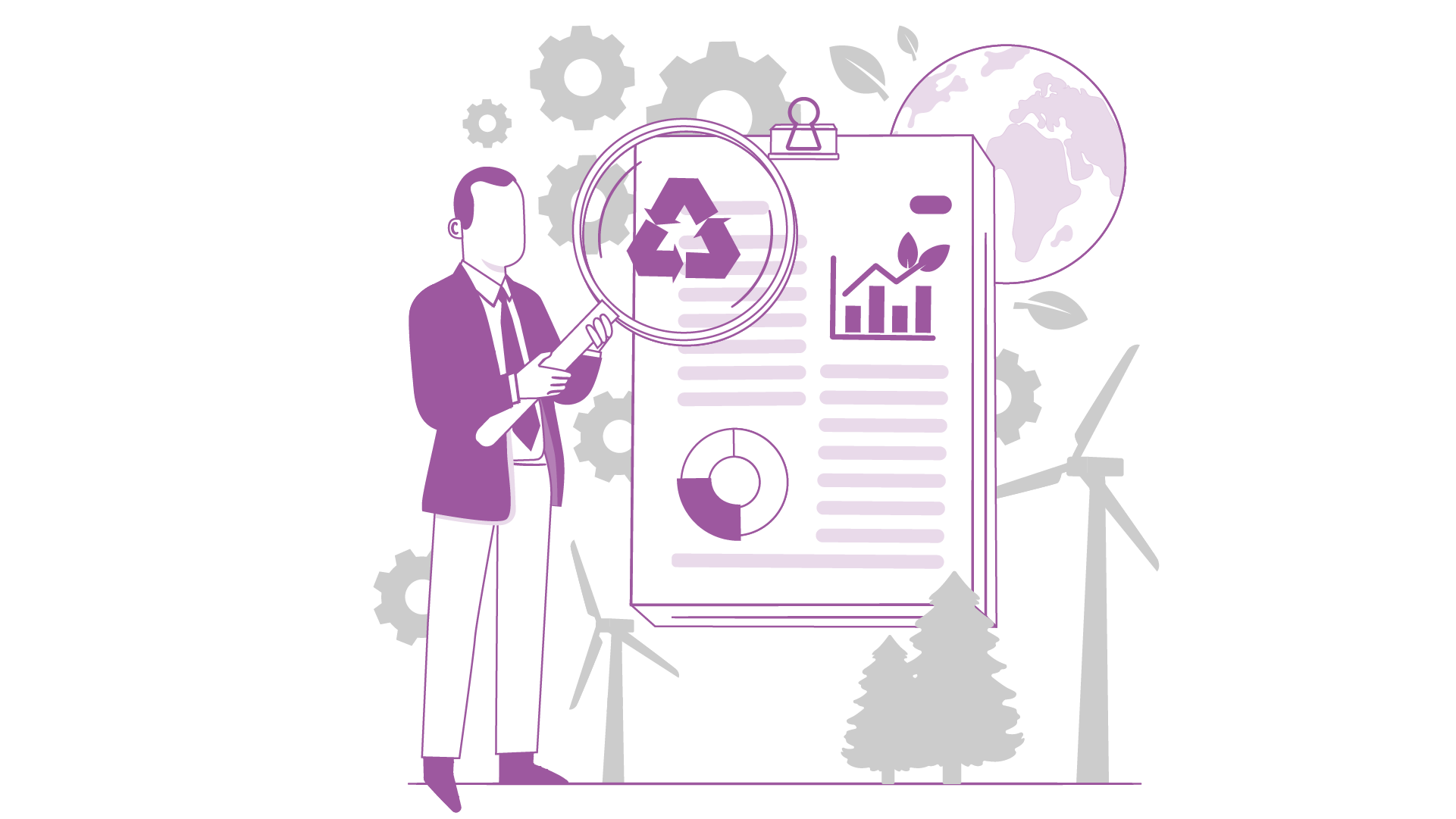
- Assessment of the individual ESRS
In the main section of your sustainability report, you describe the impacts and risks of your business activities as well as the opportunities presented by your sustainability strategy.
For each topic selected at the beginning (ESRS), you will state your defined goal, the measures you have taken to achieve the goal and the progress you have made based on the key figures you have recorded.
You can find an overview of the specific content structure of your sustainability report in our blog.
- Involve independent testing centers
41 percent of the companies surveyed by the TÜV Association have had their reports audited by independent organisations. The audit, such as that conducted by TÜV SÜD, is carried out in accordance with the GRI Standards. It ensures that the reporting standards (standard modules and indicators) are met and that the report is transparent and convincing. With verification, you can not only improve your reporting, but also publicly demonstrate that your sustainability report has been prepared in accordance with the standard requirements. All key areas of the ESG report are assessed:
- Understanding of the organisation
- Analysis of materiality
- Definition of stakeholders
- Risk analysis
- Data management
- Data collection and processing procedures
- Evidence and conclusions
Do you need help collecting your data for your sustainability report? We will advise you in a personal meeting about the options for your company and introduce you to our cloud software for your corporate planning and ESG risk management.


